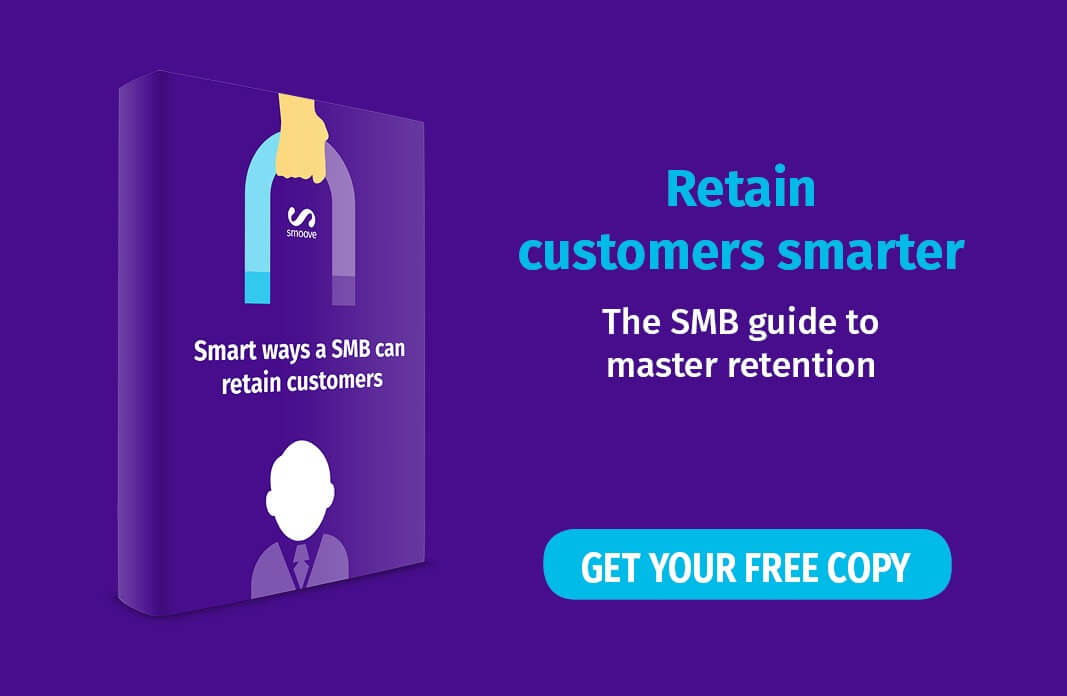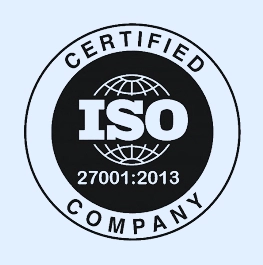Customer churn is not only a loss of clients or customers, but also their associated recurring revenue. This is one of the biggest problems companies face today. Losing existing customers also means spending more money on the acquisition of new ones, which altogether costs you money and time
This happens mainly because marketers lack in having a thorough and timely view on their customer behavior, inadequate means of collecting customer data and limited marketing strategies to keep the customers they have.
Among the findings of one study in the field, it has been reported that over 50% of world marketers have fair, little, or no knowledge of the customer demographic, behavioral and transactional data, while only 6% said they have excellent knowledge of their buyers.
Also, the same study showed that only 50% of companies reported having a strategy for deepening the relationship with customers and that only 15% of them consider themselves very good or effective in integrating customer data into marketing strategies. Along with this, 45% of global companies in the study rated their CRM systems as deficient or needing more improvement.
“Email can be one of the more complicated marketing channels strictly from a technical sense and when your program does something unexpected, or catastrophic, how do you recover? ” – Bill McCloskey
Based on the most common mistakes businesses do, here are the 3 “deadly sins” that cause customer churn (and the advice on how to avoid them!):
Poor onboarding
Don’t wait for the customers to start signaling they’re about to leave, before you make an effort to “save” them. Start working on retaining the customer the moment he/she arrives and do that by making sure your have a flawless onboarding strategy.
You need to welcome your customers the right way and make yourself available for all the questions they may have from the very start of their buying journey. Successful businesses are doing this by setting up automated, yet personalized welcoming newsletters and text messages sent to their mobile phones. Automation marketing platforms are enabling you to set up these in just a few minutes.
These marketing strategies can do much more than simply greet the customer and say “Thank you” for purchasing or signing up to your business newsletter/text message service.
This is also an ideal opportunity to offer them a discount or a small gift with their next purchase and provide them with direct links to your FAQ and other content on your website such as blog where they can, for example, find out more about how to use the purchased products. Also, you can ask them straight away to rate your products and customer service or ask the customers if they are getting the business benefits they expected from your product. Based on their answers, you can start designing the retention strategy in the early phase of the relationship you have with them.
Personalize the welcome message by using the customer’s name or mentioning their company, as reports show that emails with personalized subject lines are 26 percent more likely to be opened.
Below is an example from online retailer Tory Burch which excels in welcoming their customers with an automated, personalized newsletter.
Also, an SMS is a very effective welcoming tactic. People are more likely to respond to your question via SMS than with an email, especially if they’re on the move.
Monitoring your customers to see which of the features they (don’t) use and segmenting them into different lists will help find out which of the onboarding tactics work for each of them per the post purchase, such as in example below.
SMS is the great way to get their answers instantly and start planning your future marketing strategies as soon as you receive your customer’s feedback.
Welcoming your customers in the correct and timely manner is the essential part of every buying process. If your customers are treated well from the first moment, they will continue to do business with you. With the help of marketing automation, maintaining this relationship is much easier and more effective than it used to be.
Poor engagement
To avoid customer churn, make sure you engage with them on regular basis. This won’t take much of your time if you employ CRM software, where you can segment your audience, build different contact lists, but also easily create landing pages, automate email and SMS campaigns.
Managing and documenting all your interactions with customers, collecting different data and segmenting customers via CRM software will help you design the extraordinary retention strategy and find out what your customers need. Also, this way you can make sure you’re not bothering your customers with too many newsletters or text messages. If you notice that you have some of those “silent” customers, set up a separate email list and send your offers less frequently.
Think about what happens when your customers have a question and avoid leaving them looking for answers by themselves. Provide ongoing customer support across different channels. Embrace new features such as live chat and social media chatbots (as shown in the example below!), but also don’t underestimate the power of email and old-fashioned phone assistance.
You can also educate customers by offering free trainings, webinars, video tutorials and product samples. In short do whatever it takes to make your customers feel comfortable and informed about your business.
Not analyzing specific reasons for churn
Every company is different and the reasons for churn can vary. Not digging deep enough to learn the specific reasons why your customers leave can be a huge mistake and cost you a lot of money.
Analyze the churn rates of different groups of customers, find out the reasons they decided to leave and employ adequate strategies to prevent this from happening in the future. This can be done by simply asking the customers why they decided to stop buying from you, and sending them an email starting with “We haven’t heard from you in a while…” and kindly ask them to provide you with an answer.
Companies usually do this via a so called “exit survey”, and as painful learning the reasons why your customers cancel is, it’s unquestionably valuable for your future relationships with new customers.
Just take a look at this example from ABC Widgets.
And who knows, some of them may even come back after seeing you genuinely care to find out what went wrong.
Also, don’t hesitate to call them on the phone and simply ask them why they left. This will provide you with instant feedback on whether or not your product and service met their expectations or if they had some other reasons to stop buying from you.
Wrap Up
You will never be able to keep all of your customers, but customer churn can and has to be avoided as much as possible. The reason for this is quite clear – acquisition of new customers costs a lot, almost five times more than keeping old ones. In order to keep as many of your customers, make sure you:
- Welcome your customers in a unique way and create an outstanding onboarding strategy
- Engage with your customers across different channels and provide a great customer experience
- Analyze reasons for churn and think of a strategy to prevent this in the future



